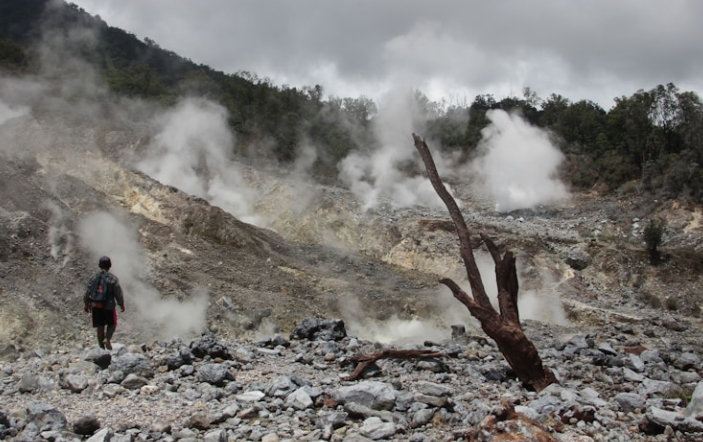Strikingly beautiful and incredibly powerful, stratovolcanoes are some of the most iconic geological formations on Earth. These conical mountains, also known as composite volcanoes, are formed by layers of hardened lava, ash, and rocks that build up over time. They are capable of producing some of the most explosive and destructive eruptions in the world.
Unleashing Cataclysmic Eruptions
Stratovolcanoes are known for their explosive eruptions, which can send ash, rocks, and molten lava hurtling through the air at incredible speeds. These eruptions can create devastating pyroclastic flows, which are fast-moving currents of hot gas and volcanic debris that can travel for miles and destroy everything in their path. The sheer force of these eruptions can reshape the landscape and even alter the climate of entire regions.
Mount St. Helens, located in the state of Washington in the United States, is one of the most well-known stratovolcanoes in the world. In 1980, it erupted with tremendous force, blowing off the top of the mountain and sending a massive plume of ash into the air. The eruption killed 57 people and caused widespread destruction, leaving behind a scarred landscape that is still visible today.
Shaping the Landscape
Stratovolcanoes play a crucial role in shaping the landscape around them. As they erupt, they release massive amounts of lava and ash, which can build up over time and create new landforms. The hardened lava from these eruptions can form steep slopes and deep valleys, while the ash and debris can cover vast areas with a thick layer of volcanic material.
Over time, the eruptions of stratovolcanoes can create unique and diverse ecosystems. The rich volcanic soil that is left behind after an eruption is incredibly fertile, making it ideal for plant growth. Many plants have adapted to thrive in these harsh conditions, creating a vibrant and biodiverse landscape around the volcano.
Exploring the Power of Stratovolcanoes
Despite their destructive potential, stratovolcanoes are a fascinating and important part of our planet’s geology. Studying these volcanoes can help us understand the processes that shape the Earth’s surface and how they impact the environment. By exploring the explosive power of stratovolcanoes, we can gain valuable insights into the forces that have shaped our world for millions of years.

